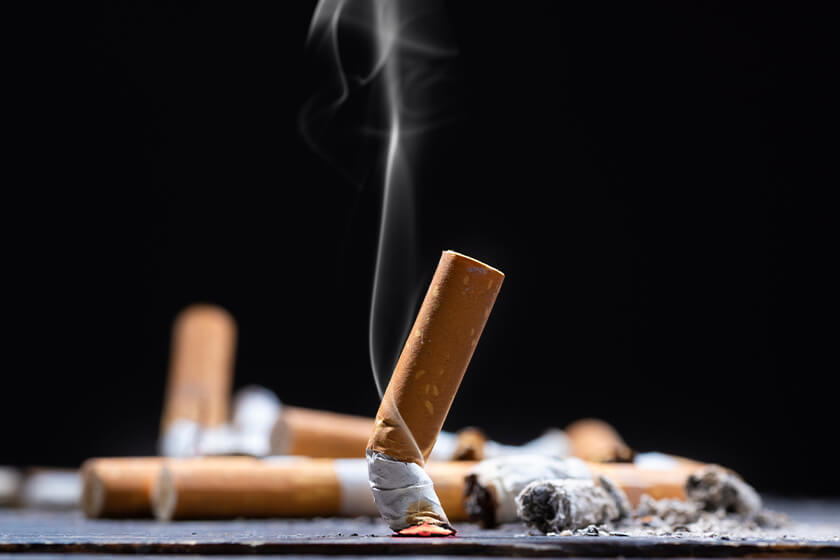Being aware of any risk factors of osteoporosis and fractured bones is among the most critical stages in prevention. Recognizing your risk factors can enable you to take steps to prevent bone loss and will urge you to seek testing if necessary.
Morada Friendswood is here to help you out with matters of healthcare, and in this article, we will talk in detail about the condition known as osteoporosis and its risk factors, so that you may benefit from the information and be better equipped to take care of yourself.
What Is the Nature of Osteoporosis?
Osteoporosis is a bone disease that affects both men and women. Its name in the Latin language means “porous bones.” Similar to a honeycomb, the interior of a normal bone includes microscopic gaps. Osteoporosis enlarges these gaps, making the bone deteriorate in density and strength. Furthermore, the exterior of the bone weakens and thins. Osteoporosis may strike anybody at any age, although it is more frequent among the elderly, particularly women. In America, over 53 million individuals suffer from osteoporosis or have a high risk of getting it.
When conducting normal tasks like walking or standing, individuals with osteoporosis have a very significant risk of bone fractures. Hips, ribs, and bones in the spine and the wrists are the most typically impacted bones.
What Is a Risk Factor of Osteoporosis?
Anything that enhances your chances of contracting an illness is referred to as a risk factor. It is not necessary to have one or multiple risk factors to develop osteoporosis. The greater the number of risk factors that you have, though, the more likely you are to get the condition.
Risk Factors of Osteoporosis
Without further ado, let us discuss the risk factors of osteoporosis.
- Age
The most important risk factor for osteoporosis is becoming older. One’s body will break down old bone tissues and create new bone tissues over the course of one’s life. When you reach your 30s, though, your body begins to break down bone tissues quicker than it can replace them. As a result, the bones become less thick and more brittle, making them more susceptible to fracturing.
- Menopause
Menopause, which tends to happen in older women, is another major risk factor. Menopause can make a woman’s body lose bone tissues even more rapidly due to the shift in hormone levels connected with it. At this age, males continue to lose bone tissues, albeit at a slightly slower pace than women. Both men and women, though, normally lose bone tissues at the same rate in their late 60s.
- Others
Other risk factors for osteoporosis include:
- Being female
- Being Asian or Caucasian
- Having a genetic predisposition to osteoporosis
- Having an unhealthy diet
- Low physical activity
- Smoking
- Being underweight
- Having a small frame
A few of the risk factors of osteoporosis, including poor diet and inactivity, can be managed. For example, improving your diet and beginning an exercise regimen can help your bone health. Other risk variables, like your gender or age, are, however, beyond your control.







